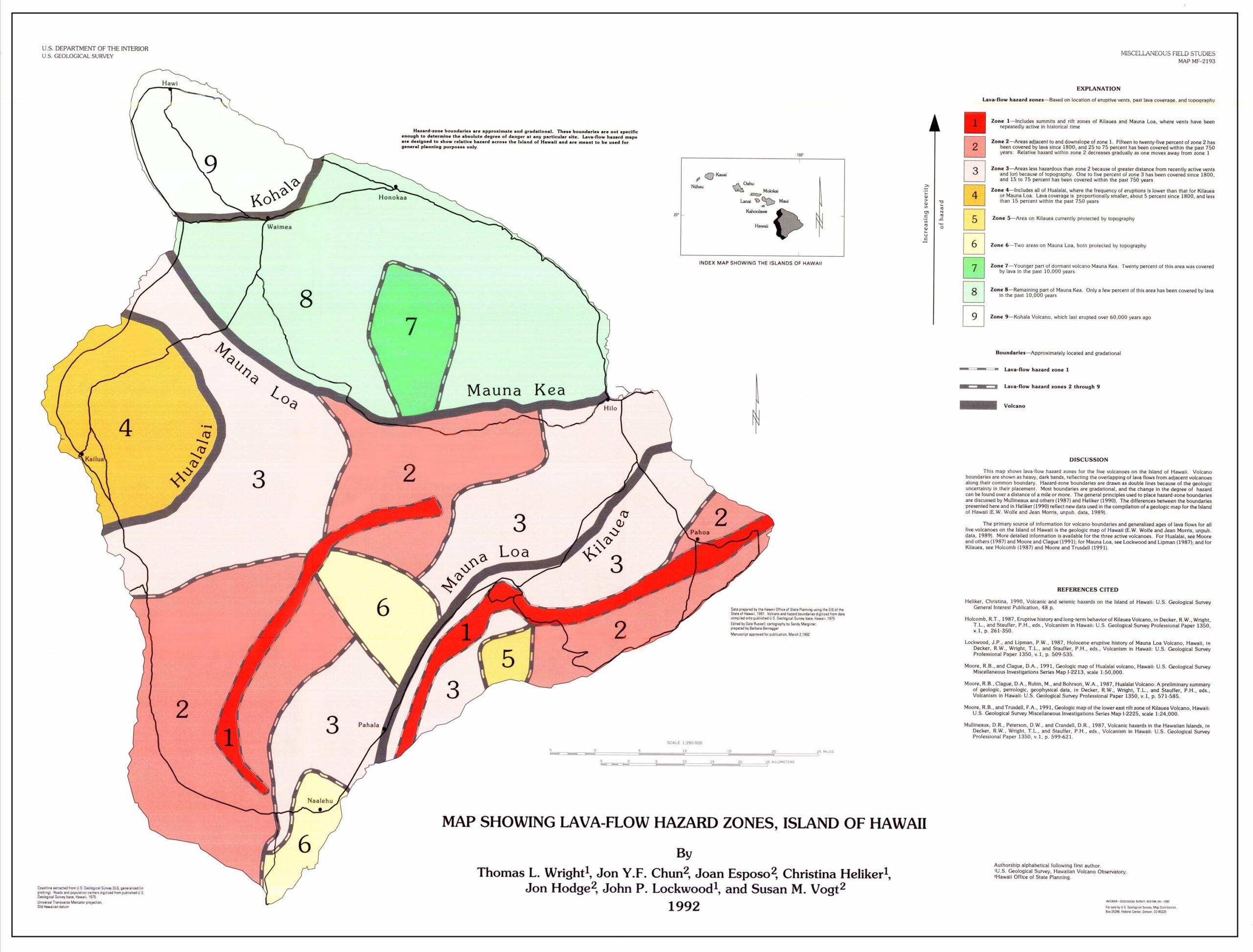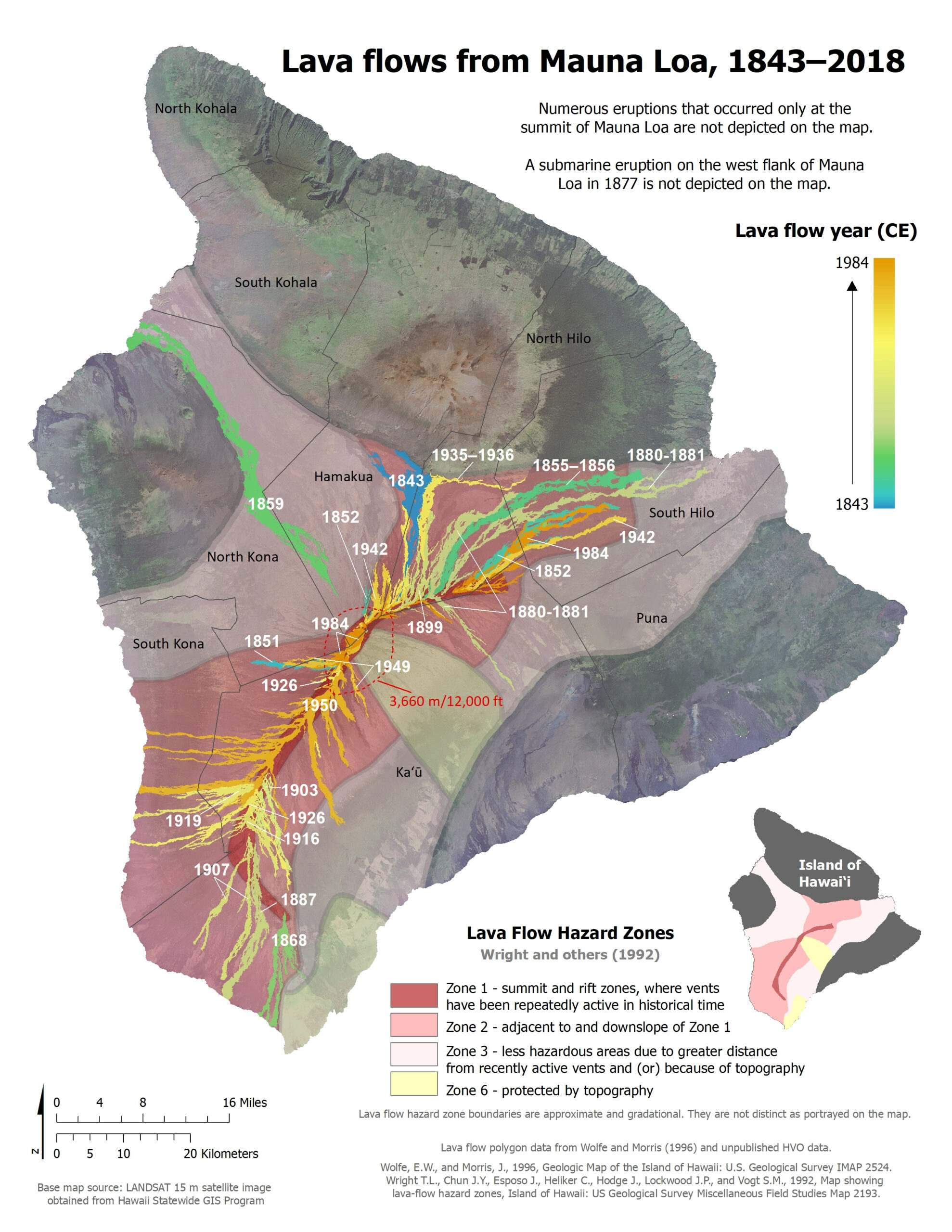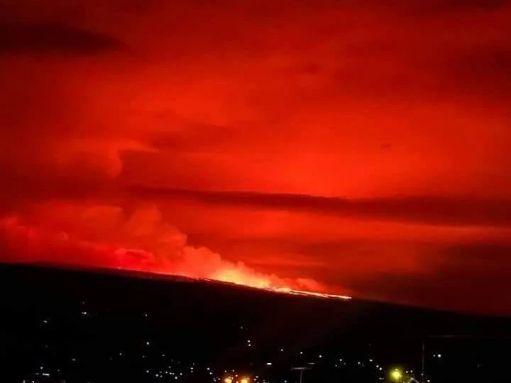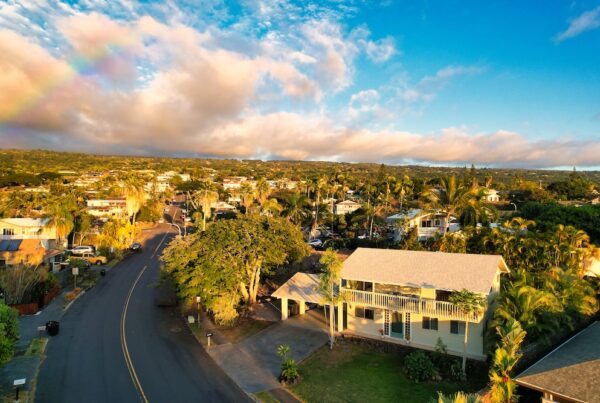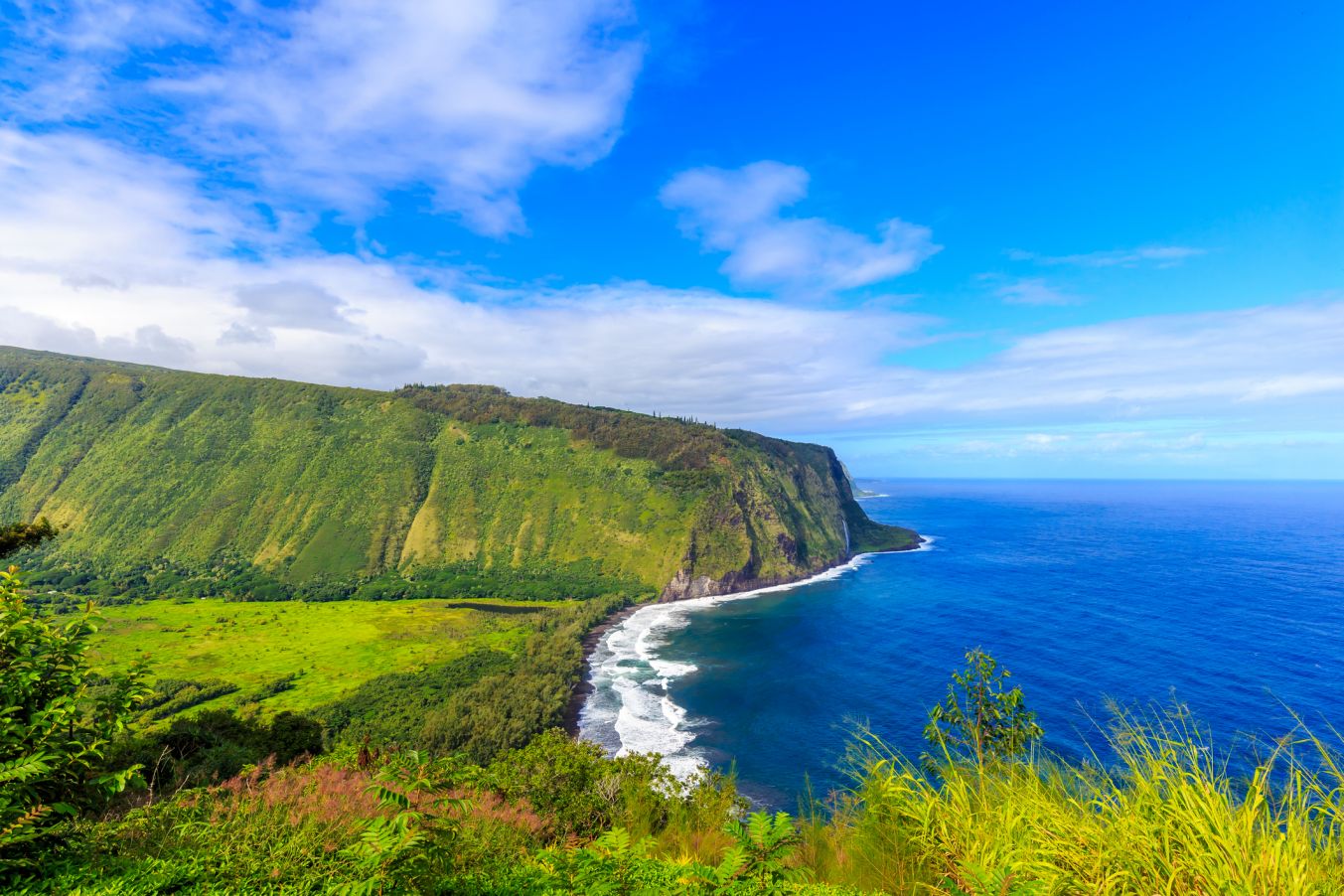Lava Zones in Hawaii - What You Should Know
The Big Island of Hawaii is not only home to 5 different volcanoes, but these volcanoes have also molded and shaped the island into a unique tropical landscape of undeniable beauty. If you’re considering purchasing property in this Hawaiian paradise, you must take into account that you are potentially purchasing real estate on an island with an active volcano.
The threat of lava is relatively low for most homeowners, but it is still considered a potential hazard to land and property. Here’s what you need to know about the deadly dangers and awe-inspiring beauty of living on a volcano island.
Although the threat of lava flow is relatively low for most homeowners on the Big Island, it’s important to be aware of the dangers that can come with living on an active volcano island. Lava flows can destroy homes and property in their path, and eruptions can send harmful volcanic ash into the air, which can be detrimental to your health. In addition, living on a volcano island can make it difficult to obtain homeowner’s insurance.
However, it’s important to note that the dangers of living on a volcano island are far outweighed by the beauty and uniqueness of the island itself. The Big Island is truly a one-of-a-kind place, and there’s no other place like it in the world. If you’re considering purchasing property on the island, you’re sure to fall in love with its natural beauty and stunning views.
For anyone considering a move to Hawaii, it’s important to be aware of the lava zones on the island. Lava flows are one of the most destructive natural hazards in Hawaii, and they can happen with little to no warning. The good news is that there are ways to reduce your risk by understanding the lava zones and knowing where the highest-risk areas are located.
Lava Zones in Hawaii
The Big Island has nine lava zones, which are categorized based on the probability of lava flow in a given area. The lower the zone number, the higher the hazard. Here’s a breakdown of the different lava zones on the Big Island:
– Lava Zone 1: This is considered the highest hazard area and includes areas of recent lava eruptions. While property prices in Lava Zone 1 are usually cheaper than in lower hazard zones, they come with a higher risk.
– Lava Zone 2: This is also considered a high-hazard area and includes places where future lava flows are likely to occur.
– Lava Zone 3: This is considered a moderate-hazard area and includes places where lava flows have occurred in the past but are not likely to occur in the future.
– Lava Zone 4: This is considered a low-hazard area and includes places where lava flows have occurred but are not expected to happen again for hundreds or thousands of years.
– Lava Zone 5: This is considered a very low-hazard area and includes places where there is no history of lava flows.
– Lava Zone 6: This is an even lower hazard area and includes places where there has never been any volcanic activity.
– Lava Zone 7: This is an extremely low hazard area and includes places that are far away from any volcano.
– Lava Zone 8: This is an ultra low hazard area and only includes the summit of Mauna Kea, which is a dormant volcano.
– Lava Zone 9: This is considered the lowest hazard area and includes Kohala, which is another dormant volcano.
Lava Zones 4-9: Lower Hazard Zones with Some Risks
Lava Zones 4-9 have a lower probability of event occurrence and thus carry less risk than the higher hazard zones. However, it’s important to note that even these zones are not completely safe from lava flows. I higlhly encourage you to always stay aware of current volcanic activity no matter where you are on the island.
Mauna Loa Volcano last erupted in 1984 and is not currently showing signs of unrest. However, because it is located in Lava Zone 6, its eruptions pose a threat to nearby communities. If you live in or are considering purchasing property in Lava Zone 6, please consult USGS for updated information on Mauna Loa activity.
When it comes to choosing where to buy property on the Big Island of Hawaii, understanding lava zones is key. The lower the zone number, the higher the hazard, so be sure to do your research before making any decisions. But keep in mind that even some of the most affordable real estate is located in high lava hazard zones. As always, consult with a qualified professional before making any big decisions.
